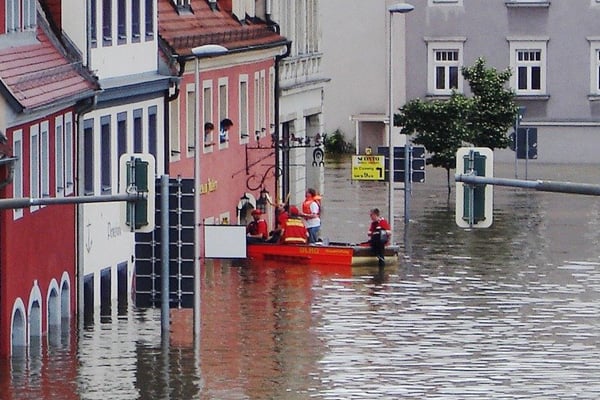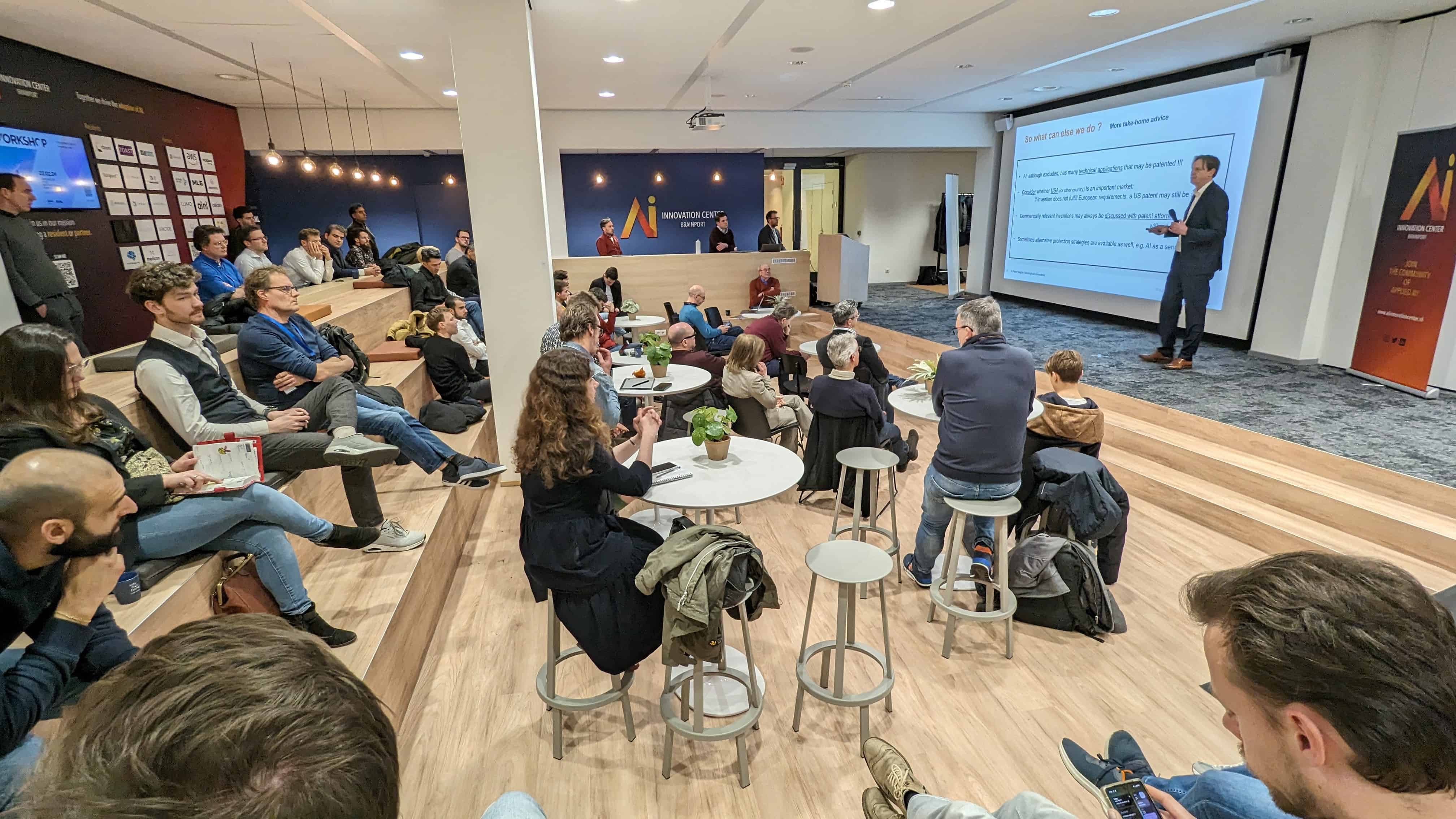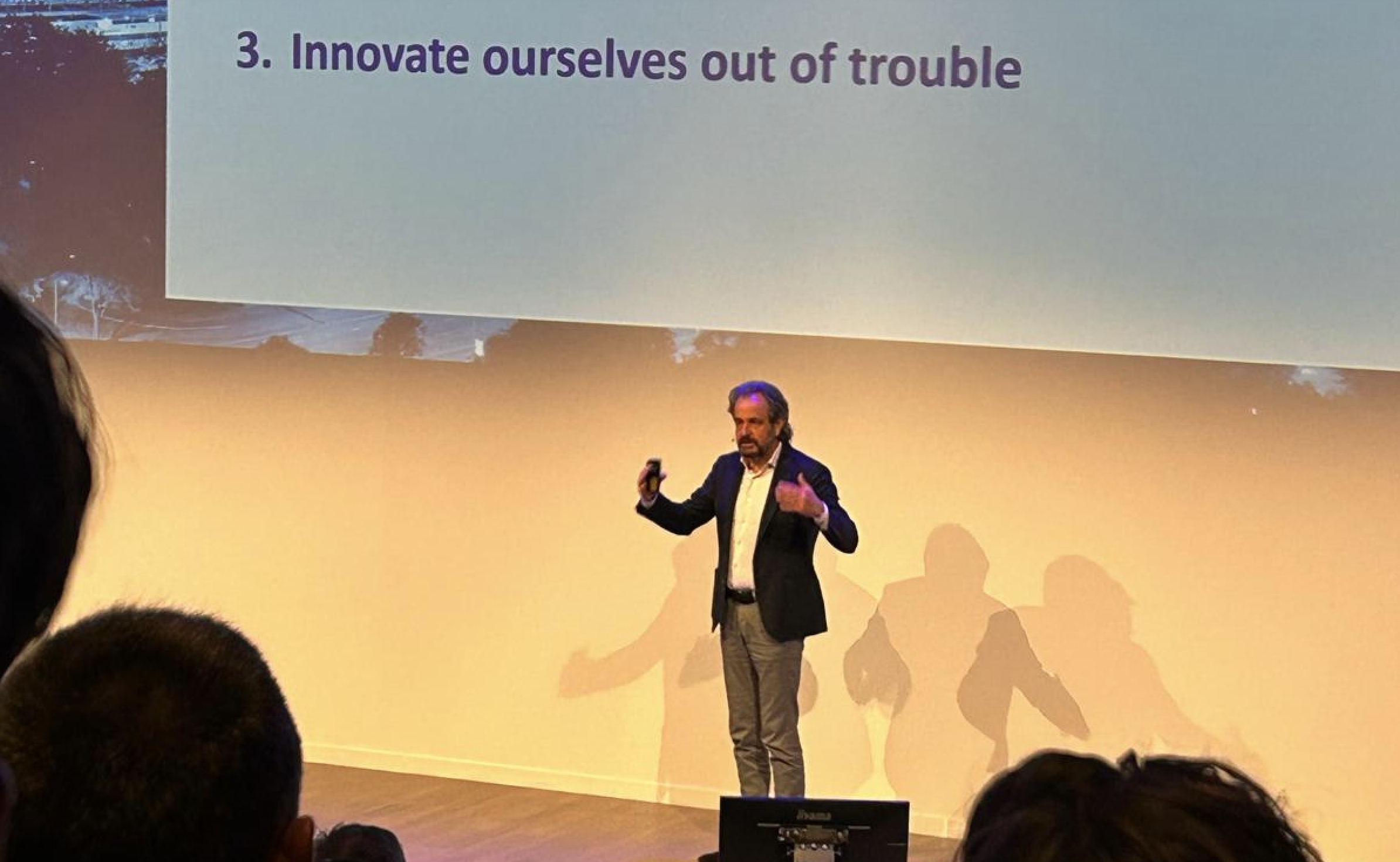
Floods and high water levels are not only a technical challenge for first responders, they can also pose immediate health risks. Bacteria, specific unicellular and multicellular organisms, viruses, spores, and fungi can infect people. These pathogens can remain infectious and reproduce even at low temperatures.
Real-time detection of pathogens
The Fraunhofer Institute for Industrial Engineering IAO, (Germany) is working with 23 partners from the European Union and South Korea to come up with ways to detecting pathogens in water quickly and reliably with the help of new technologies. Measures to cope with these kinds of dangers could then be taken by linking all relevant information.
The researchers cite sensor-aided gloves as potential solutions. These can, for example, detect pathogens in real-time and transmit this information directly to specific locations for evaluation. Other possible options include a Smartwatch, a haptic vest, or other so-called wearables. These can transmit important information to emergency services via visual or haptic feedback without causing too much distraction for the wearer.
Technologies are only useful if they are easy to use
In order to ensure that the PathoCERT technologies prove their worth in practice, the Stuttgart team said that the first responders who are participating in the project are actively involved during the entire development process. Their feedback is incorporated into the development process in the form of interviews, personal data, context of use analyses, cognitive walkthroughs, focus groups, and usability tests.
In addition, the PathoCERT technologies are being tested in the field in five pilot studies in Spain, the Netherlands, Cyprus, Greece, and Bulgaria. “With the PathoCERT project, we have a fantastic opportunity to create new and innovative tools that can offer valuable support and protection to emergency services in their fight against polluted water,” stresses project coordinator Prof. Christos Panayiotou of the KIOS Research and Innovation Center of Excellence at the University of Cyprus.
At Fraunhofer IAO, the user-centered approach of the project is in the foreground. This applies to the users who will be using the technologies. “What do they need? How should an intelligent, easy-to-use user interface for smartphones, smartwatches, wearable textiles look like? How can clear step-by-step instructions be provided using virtual or augmented reality?”
All information can be evaluated centrally via AI
The project consortium wants to achieve various goals within the framework of PathoCERT. First and foremost, the development of innovative sensor technologies that can detect impurities in water within a few minutes. In addition, portable sensors – such as the wearables mentioned above – should be available that warn of contaminated water when touched. This should then also make it possible to analyze water quality using satellite images and autonomous drones that can take water samples.
On top of that, instruments will be designed that receive information from human sensors via social media to support first responders in the event of contamination incidents in urban environments. AI-based technologies will also help to assess risks using data as well as predict future outcomes. “The overall goal is to create an integrated system that links the control center and the first responders in the field and brings together all the relevant information.”
The three-year project “Pathogen Contamination Emergency Response Technologies” (PathoCERT) is funded by the European Union as part of the “Horizon 2020” program.
Title image: © Pixabay








